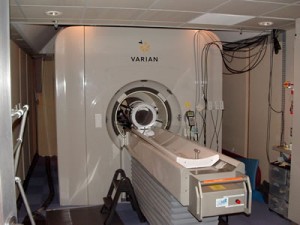Japanese scientists have used fMRI (functional magnetic resonance imaging) scans to predict the content of hypnaogic hallucinations, dreamlike hallucinations that people sometimes have when they are falling asleep. In a study published in Science, Yukiyasu Kamitani and his team at the ATR Computational Neuroscience Laboratories in Kyoto, Japan report that they were able to predict the content of these hallucinations with a 60 percent accuracy rate.
Kamitani and his team studied three volunteers over a period of ten days. The researchers studied the brain activity in the subjects as the subjects were falling asleep. fMRI machines measured levels of activity in different parts of the brain, and EEG machines measured overall electrical activity. When an EEG indicated that a subject was hallucinating, the researchers would wake the subject and ask for a verbal report on the hallucination.
The researchers studied hypnagogic hallucinations, associated with Stage N1 sleep, rather than the long, narrative, emotionally compelling dreams that are normally associated with REM sleep, because focusing on hypnagogic hallucinations allowed them to collect more reports over a shorter period. They were able to obtain at least 200 reports from each subject.

After obtaining the reports, Kamitani and his colleagues used the lexical database WordNet to group images that were mentioned into broad categories. For example, they categorized “key”, “plunger” and “ice pick” as implements.
Once they had grouped the images, the researchers collected photos on the internet that fit these categories, using the image database ImageNet. They had the volunteers look at these photos while undergoing fMRI scans, then trained a computer program to match the image categories with patterns of brain activity in the visual cortex.
The scientists then repeated the first part of the experiment, with the volunteers once again falling asleep while undergoing fMRI and EEG scans. This time, the researchers were able to use the fMRI scans to predict the content of the hallucinations with 6o percent accuracy, much higher than chance.
Although the researchers did not study REM dreams, they pointed out that dreaming can occur outside of REM sleep, and that hypnagogic hallucinations and REM dreams have common features, including length, frequency and content. Masako Tamari, one of the study’s coauthors, suggests that in the future, their team’s technique might be used to predict the content of REM dreams. The methods used in this experiment could one day be used to help neuroscientists gain a better understanding of why we have dreams.
